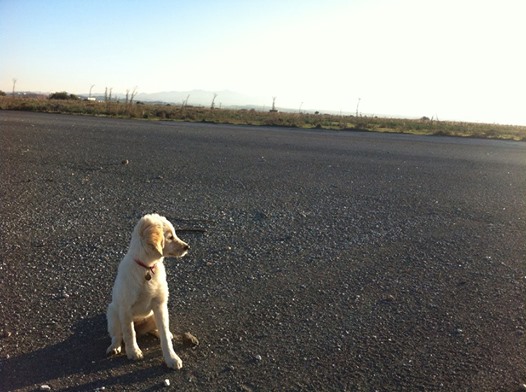Juniper, the pan-Cypriot dog born in the UN buffer zone, contemplates the Cyprus problem as she stares across the tarmac of the old Nicosia International Airport. The airport stands abandoned in the buffer zone that cuts across the island, dividing the Turkish Cypriot north and the Greek Cypriot south, following Turkey’s invasion of northern Cyprus in 1974. The derelict airport (a marvel in its time) lies eerily silent, carrying the remnants of war; it is now host to pigeons rather than the thousands of passengers that had passed through its departure and arrival gates. On the runway, there is an abandoned Cyprus Airways passenger plane that has been left to rust and decay.
The airport has often been raised as a confidence-building measure between the two communities on the island.
The Greek and Turkish Cypriot Chambers of Commerce have discussed various enterprising options over the years, including turning the airport into a cultural centre. The Chambers are representative of the creativity and collaboration found in some quarters of bi-communal work in Cyprus, but turning their ideas into reality are stymied by a lack of political backing.
Meanwhile a viable solution, one that all sides can agree on, to the intractable 40-year Cyprus problem remains as elusive as ever, with talk of a two-state solution becoming more prevalent. Could it be a last-ditch scare tactic to bring on a resolution? Or harbinger of a major shift in how the international community approaches the Cyprus problem?


